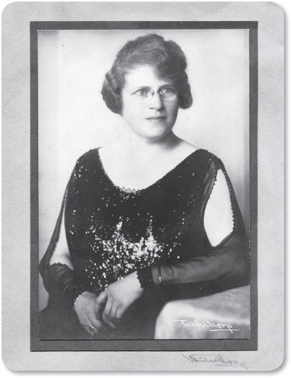

Television presenter Jerry Springer’s first memory was of sailing into New York past the Statue of Liberty in 1949, aged five. With him and his sister Evelyn were his father, Richard, and mother, Margot, a couple who had fled Nazi Germany on the eve of the Second World War and sought sanctuary in England during the war, before emigrating to the United States. Jerry knew ‘bits and pieces’ of his ancestors’ story, but like many Jews who managed to escape the horror of the Holocaust, recalling the time before their lives were destroyed and uprooted was often too painful.
THE START of his emotional journey, which would become one of the most moving episodes of Who Do You Think You Are?, was his birthplace: London. He learned from the Association of Jewish Refugees that his parents were among the lucky 80,000 Jewish refugees whose lives were saved by England’s willingness to increase the number of refugees it was prepared to offer safe haven, while nations such as the USA stuck to a quota.
* * *
From there he sought more answers, in particular why his father had been forced to leave his home and thriving shoe shop in Landsberg (now Gorzow in Poland, but then part of Germany) in 1937. In the town’s archives he learned that the small, wealthy Jewish community had been subject to persistent anti-Semitic abuse following Hitler’s rise to power in 1933. Unable to stomach any more persecution, they fled their small town in favour of the capital, Berlin, believing that safety might come in numbers.
It did not. His parents escaped weeks before Hitler invaded Poland and war started, among the last Jews to make it out of Germany. Others were not so fortunate, including his widowed maternal and paternal grandmothers, Marie Kallman and Selma Springer. Jerry knew they became victims of the most unspeakable atrocity of modern times but he wanted to learn their exact fate.

Jerry’s maternal grandmother,
Marie Kallman.
He learned Marie was transported to a Jewish ghetto in Lodz, Poland, where this proud, well-to-do woman of 64 was forced to share a single room with five others without furniture, beds or proper sanitation. Six months later she and thousands of others were forced into cattle trucks and deported by train to Chelmo concentration camp. There, Jerry stood on the site where she and her fellow deportees, oblivious to their fate, were told to strip to bathe and led onto ‘gas vans’ – the precursors of the gas chambers that would follow – and murdered.
Returning to Berlin, at the Potsdam Archive Jerry was shown documents that proved that Selma, together with her brother Hermann, were ‘resettled’ in Theresienstadt, another Jewish ghetto. German propaganda portrayed it as a pleasant retirement community, but in reality it was a squalid, desperate place rife with disease, overcrowding and starvation. Of the 140,000 Jews sent there, 130,000 would die. Among them was Selma, who died in the ghetto hospital, aged 72. It was little comfort, but at least Jerry knew she was spared the awful indignities and terrors of transportation to Auschwitz and the gas chambers.
Jerry had reached the end of an almost unbearably poignant journey into one of history’s most shameful periods. But his grief was lifted somewhat when he was introduced to a relative from a branch of the Springer family he never knew existed, whose ancestors had also managed to escape the Holocaust and settled in Israel. It was a reminder that even in the bleakest, most horrific circumstances, families can endure. ‘Hold on to your family,’ Jerry said. ‘It’s all you really have. There’ll always be someone who continues.’

Selma Springer, Jerry’s
paternal grandmother.